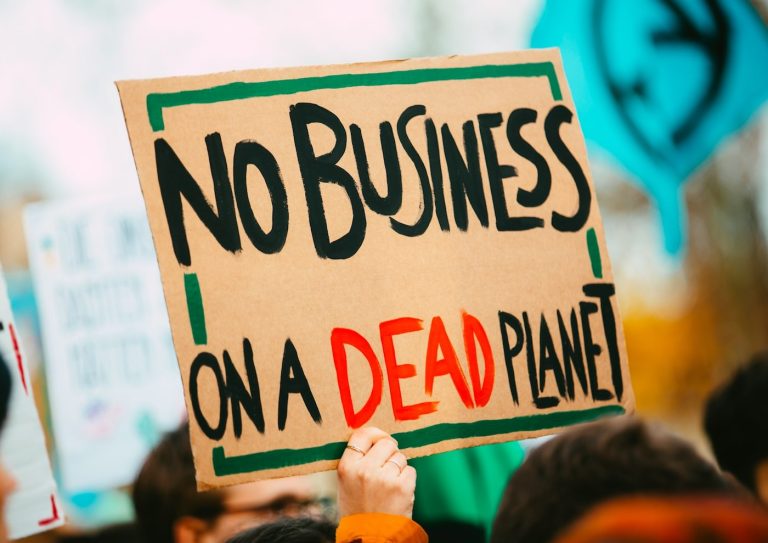
Guest Poster Green Medical Information Research Group
In a scientific bombshell that could reshape the climate debate, researchers have found evidence that Earth's atmosphere may be filled with carbon dioxide, potentially offsetting the warming effects of future emissions. [emphasis, links added]
A groundbreaking new study is published in Applications in Engineering Sciences Challenging the increasingly popular narrative that rising levels of carbon dioxide in the atmosphere will cause catastrophic climate change.
The study, conducted by scientists at Poland's Military Technical University, showed that The impact of additional carbon dioxide emissions on global temperatures may be far less severe than often portrayed.1
The study, titled “Climate Consequences of Gas Radiation Absorption Saturation Processes,” introduces the concept of “saturation mass”—the amount of absorbed gas beyond which further increases produce negligible additional radiation absorption.
Through laboratory experiments and theoretical analysis, researchers determined that for CO2, this saturated mass is approximately 0.6 kg/m2.2
Crucially, the authors point out that the amount of carbon dioxide in the Earth's atmosphere currently exceeds 6 kg/m2 – about ten times the saturation mass.
This means that additional CO2 emissions may have little further warming effect because the gas already absorbs almost all infrared radiation within its absorption spectrum.3
“It should be noted that unlike used cuvettes, the vertical structure of the atmosphere experiences pressure and temperature changes,” the authors write. “However, the question is whether the additional carbon dioxide emitted into the atmosphere will absorb thermal radiation.”4
The study's findings are consistent with the work of independent researchers such as Randall Carlson, who have long argued The impact of carbon dioxide on the climate has been exaggerated, while its benefits are often ignored.
in his paper “The Redemption of the Beast: The Carbon Cycle and the Demonization of Carbon Dioxide” Carlson thinks Rising carbon dioxide levels have an overall positive impact on the biosphere.5
“Hundreds of studies have consistently demonstrated significant improvements in plant growth, crop yields and drought resistance under conditions of elevated carbon dioxide concentrations,” Carlson wrote.
He cited studies showing that doubling the concentration of carbon dioxide in the atmosphere increases agricultural yields by an average of 33%.6
In addition, Carlson also pointed to evidence of global greening in recent decades, with satellite data showing Australia's vegetation cover increased by 8% from 1981 to 2006, and leaf cover in Earth's warm, arid environments has increased as carbon dioxide concentrations rise. Some studies attribute 70% of the observed greening to the carbon dioxide fertilization effect.7
New research from Poland lends further credence to Carlson's contention that popular narratives about carbon dioxide and climate change may be simplistic and alarmist.
The researchers concluded: “This clearly demonstrates that the official impact of anthropogenic increases in carbon dioxide on Earth's climate is a hypothesis rather than a proven fact.”8
The study's authors acknowledged the need for responsible environmental stewardship but also warned against making unsubstantiated arguments that could hinder economic development. They call for more empirical research to finally resolve controversial questions in climate science.
“In science, especially in the natural sciences, we should strive to present a true picture of reality primarily through empirical knowledge,” the researchers assert.9
This study, along with the work of independent thinkers such as Randall Carlson, highlights the need for a more nuanced, empirically based approach to understanding the role of carbon dioxide in Earth's complex climate system.
As the scientific debate continues, it has become clear that simplified narratives that view carbon dioxide as an outright environmental threat may be at odds with the latest findings.
Furthermore, advocates of global warming theory, including Bill Gates, with their myopic focus on carbon dioxide and methane emissions, are taking this view to such extremes that, recently, Bill Gates suggests implementing a methane vaccine program to “fight climate change.”
Clearly this thinking has gone in the wrong direction and we need to have a deeper, more open and more constructive discussion about how man-made climate change affects the environment, for example asking how microplastics and the oil industry as a whole are polluting our environment. and our environment.
refer to
1: Jan Kubicki, Krzysztof Kopczynski and Jarosław Młynczak, “Climate Consequences of Gas Radiation Absorption Saturation Processes” Applications in Engineering Sciences 17(2024):100170, https://doi.org/10.1016/j.
2: Same as above.
3: Same as above.
4: Same as above.
5: Randall Carlson, “The Redemption of the Beast: The Carbon Cycle and the Demonization of CO2,” GreenMedInfo, April 14, 2024 https://www.greenmedinfo.com/
6: Same as above.
7: Same as above.
8: Kubicki, Kopczynski and Młynczak, “Climate Consequences.”
9: Same as above.
This work is reproduced and distributed with permission Green medical information.
Read more The Vigilant Fox
